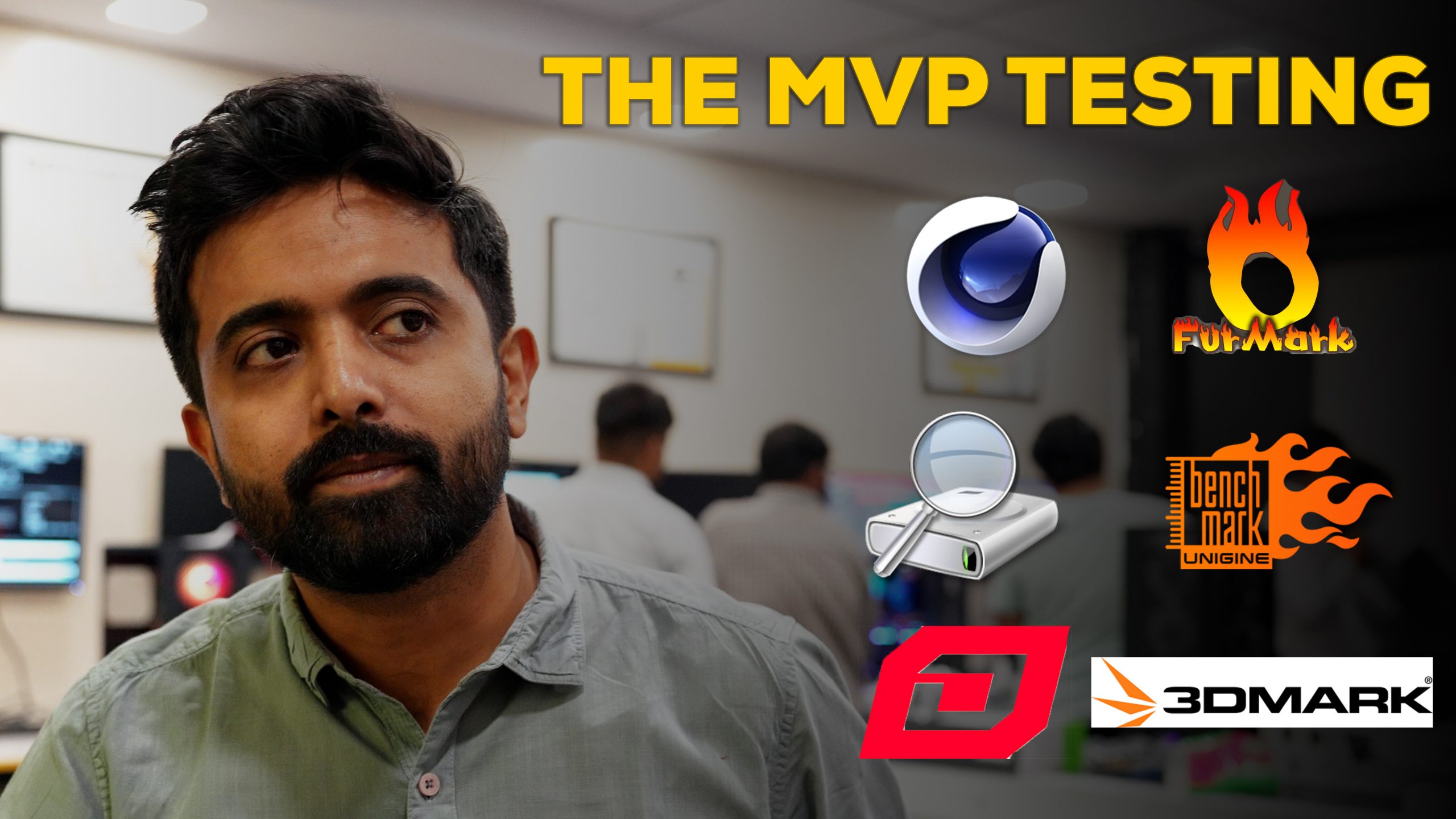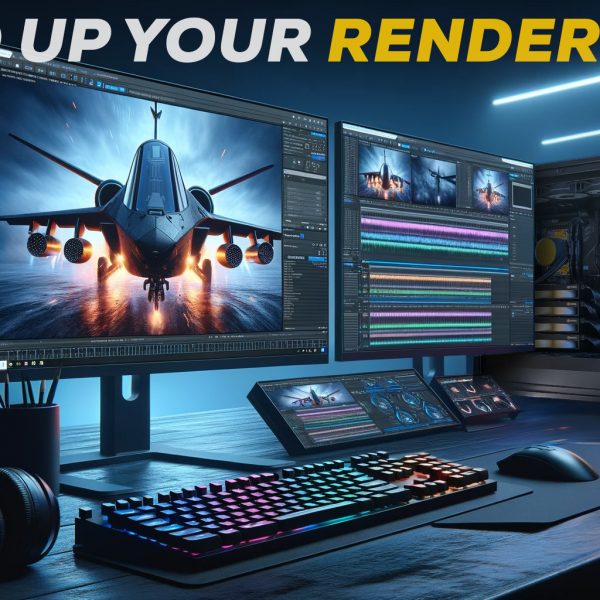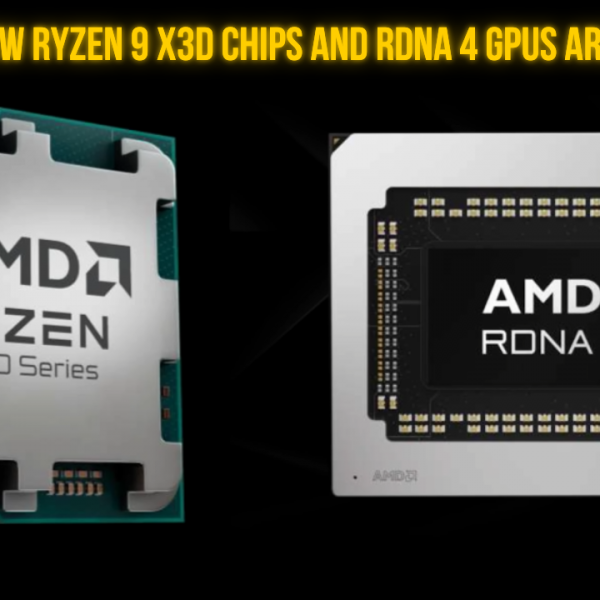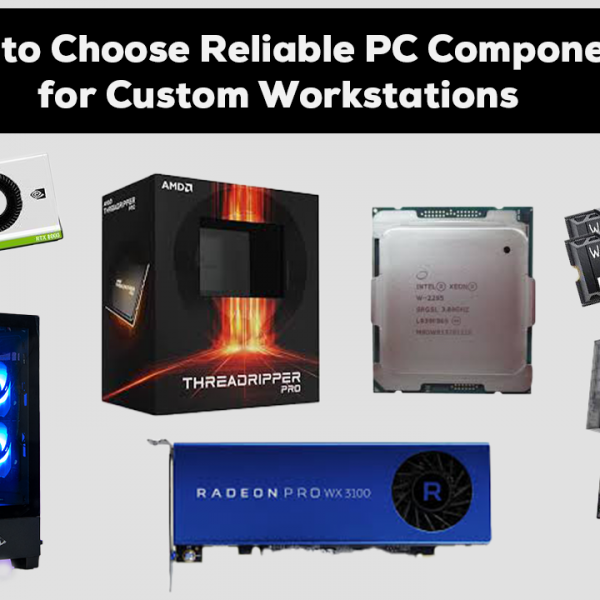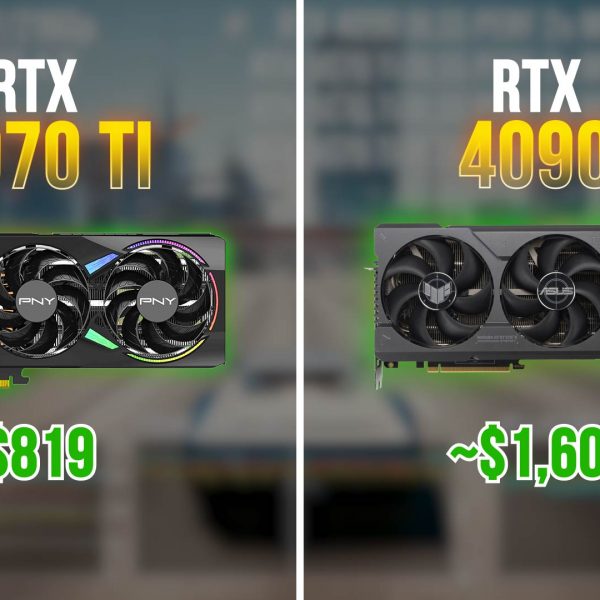When you build a custom PC, the last thing you want is a hidden fault showing up after a few hours—or even months—of usage. At theMVP, we take our testing process very seriously to make sure your system not only powers on but performs like a beast under real-world conditions.
Here’s a full breakdown of how we test every custom PC before it leaves our facility:
1. Cinebench R23 (Offline Testing)
We start with the testing process with Cinebench R23, a globally recognized standard for CPU performance benchmarking.
- We run both multi-core and single-core tests.
- Every CPU score is compared against our extensive database of Cinebench results collected from 2018 to 2025.
- If anything is off the charts—whether too high or too low—we know it immediately.
- Variations can signal problems like improper cooling, faulty chips, or thermal throttling.
- A lower-than-expected score often points toward overheating issues, helping us catch hidden defects.
2. Furmark (Offline)
Next, we put the GPU under a heavy load using Furmark:
- We run a 1080p High Stress Test.
- Monitor the final Furmark score, temperatures, and clock speeds.
- Any instability or abnormal thermal performance becomes immediately visible.
We’ve been using Furmark since 2017—it’s an easy way to find out if the graphics card is really built for the long haul.
3. Superposition Benchmark (Offline)
We double-validate GPU performance with the Superposition benchmark:
- A 1080p High benchmark tests stability under different kinds of GPU workloads.
- We document the overall score, average FPS, and the driver version used.
- This cross-validation helps us in ensuring there are no weird driver bugs or hardware issues
4. CrystalDiskMark (Offline)
Storage performance is critical for everyday use and gaming:
- We run sequential and random read/write tests on all storage drives (SSD and HDD).
- Then, we compare the results with standard thresholds—and with historical data from all similar SKUs we’ve shipped.
5. 3DMark (Online Gaming & Storage Performance)
For gaming and overall system performance, we rely on 3DMark:
- CPU Profile: Measures how your CPU performs across various thread counts.
- Time Spy: Tests GPU capabilities using DirectX 12 workloads.
- Time Spy Stress Test: Verifies sustained GPU stability through a pass/fail score.
- SSD Storage Score: Provides a full breakdown of storage responsiveness and throughput.
By the time your PC ships, we know exactly how it will perform in real-world gaming and content creation scenarios.
6. OCCT (24–48 Hours Extended Stress Test)
We don’t stop at a few quick benchmarks. We also run an extended 24–48 hour test using OCCT:
- CPU, GPU, and Memory are tested across multiple workloads.
- We monitor for power draw variations, thermal throttling, memory instability, and more.
- It’s an industry-standard testing method (especially outside India), and the MVP is one of the few Indian companies doing it.
Our custom OCCT routines even simulate AI compute workloads to ensure your system is ready for the future.
Final Step: Full Reporting & Transparency
Once all tests are done:
- We compile a complete report including all scores, temperatures, power draws, and frequency stats.
- We attach screenshots from Cinebench, Furmark, Superposition, 3DMark, and CrystalDiskMark.
- You get a copy of this final documentation when your PC is shipped—because you deserve full transparency on how your machine performs.
We also maintain controlled ambient temperatures during testing to ensure consistent and fair results across all builds.
CONCLUSION
If you’re curious to see detailed performance data across hundreds of builds—or you just want to know—drop a comment! We might just share a deep dive next.

